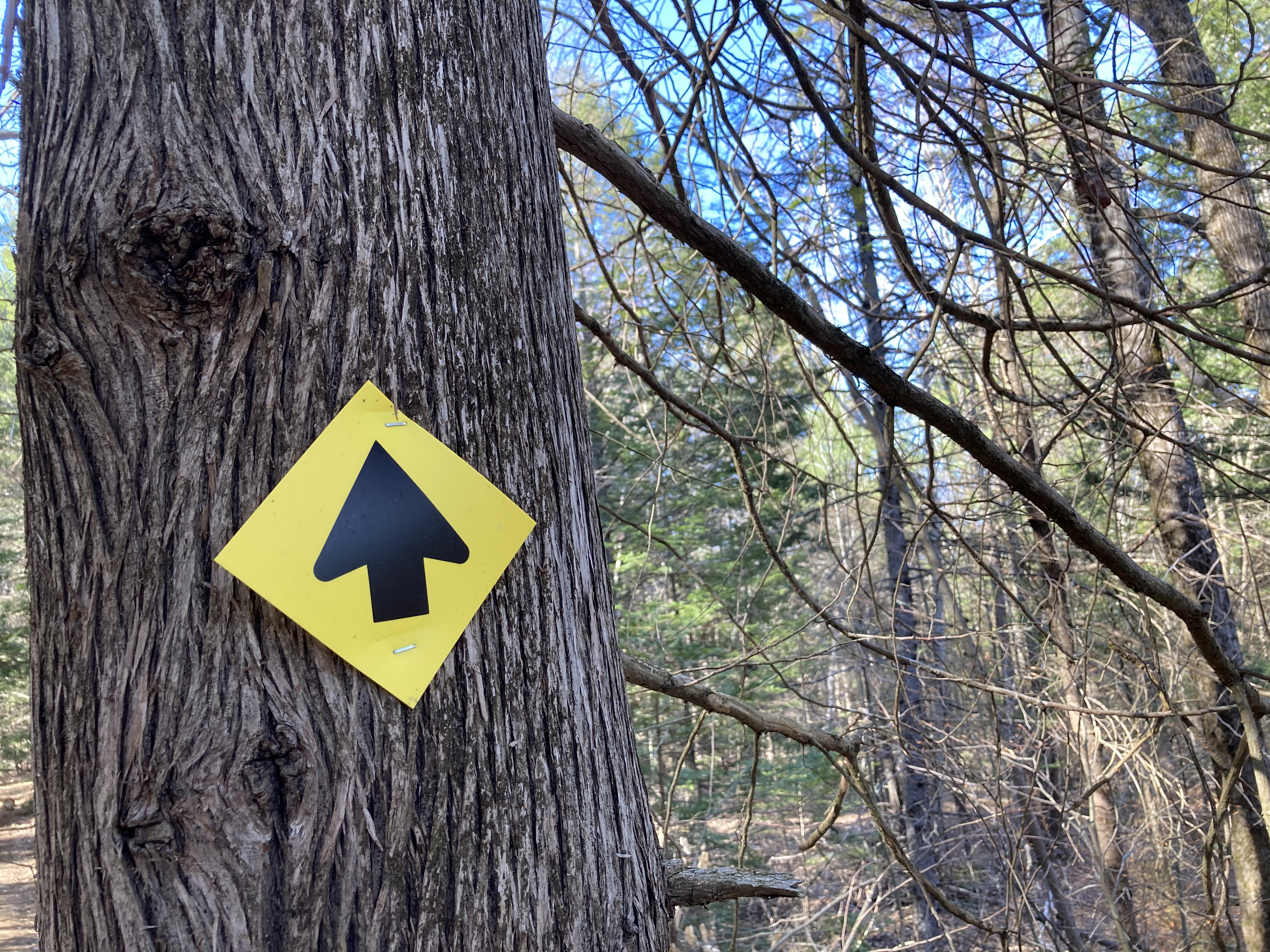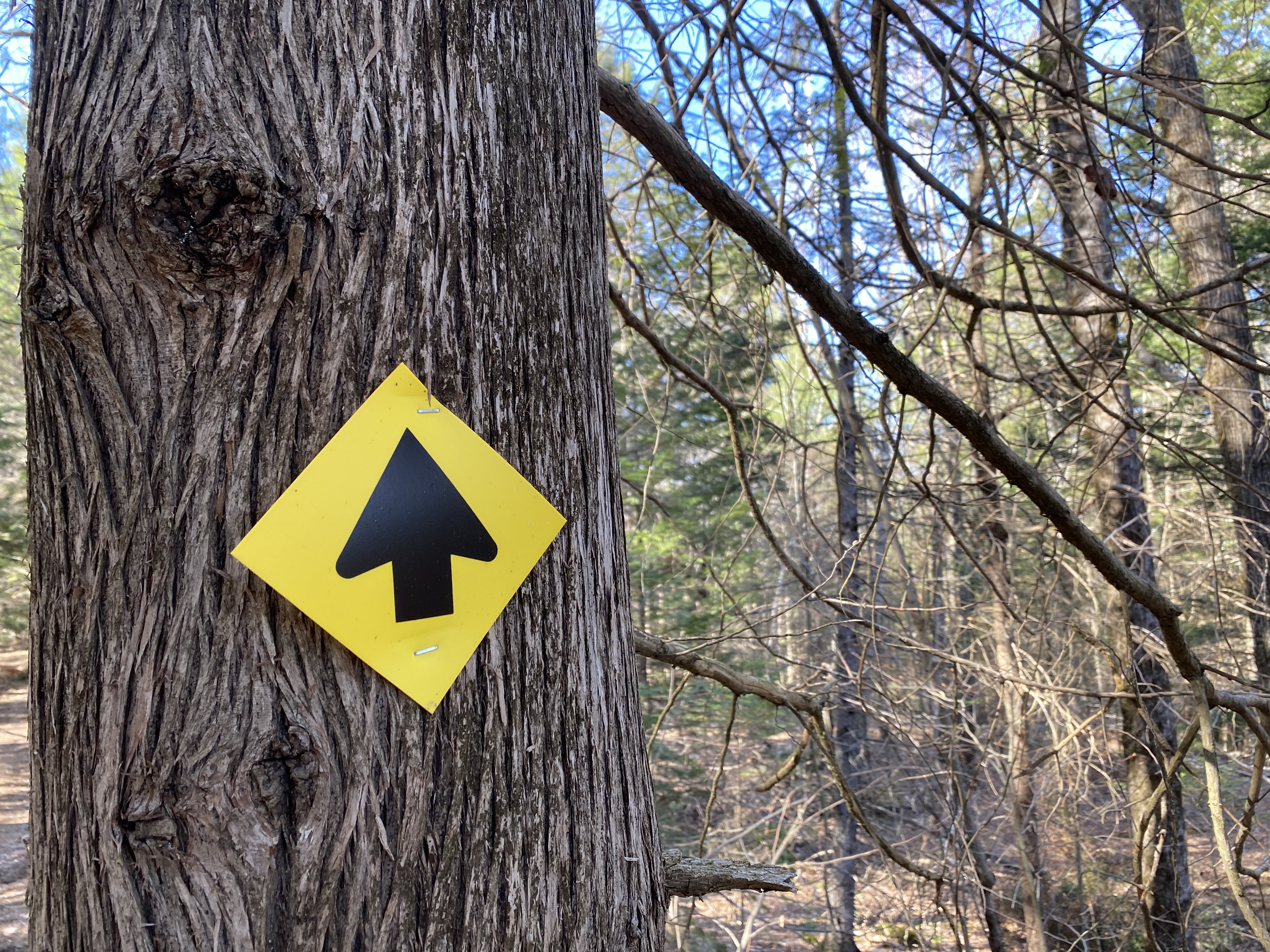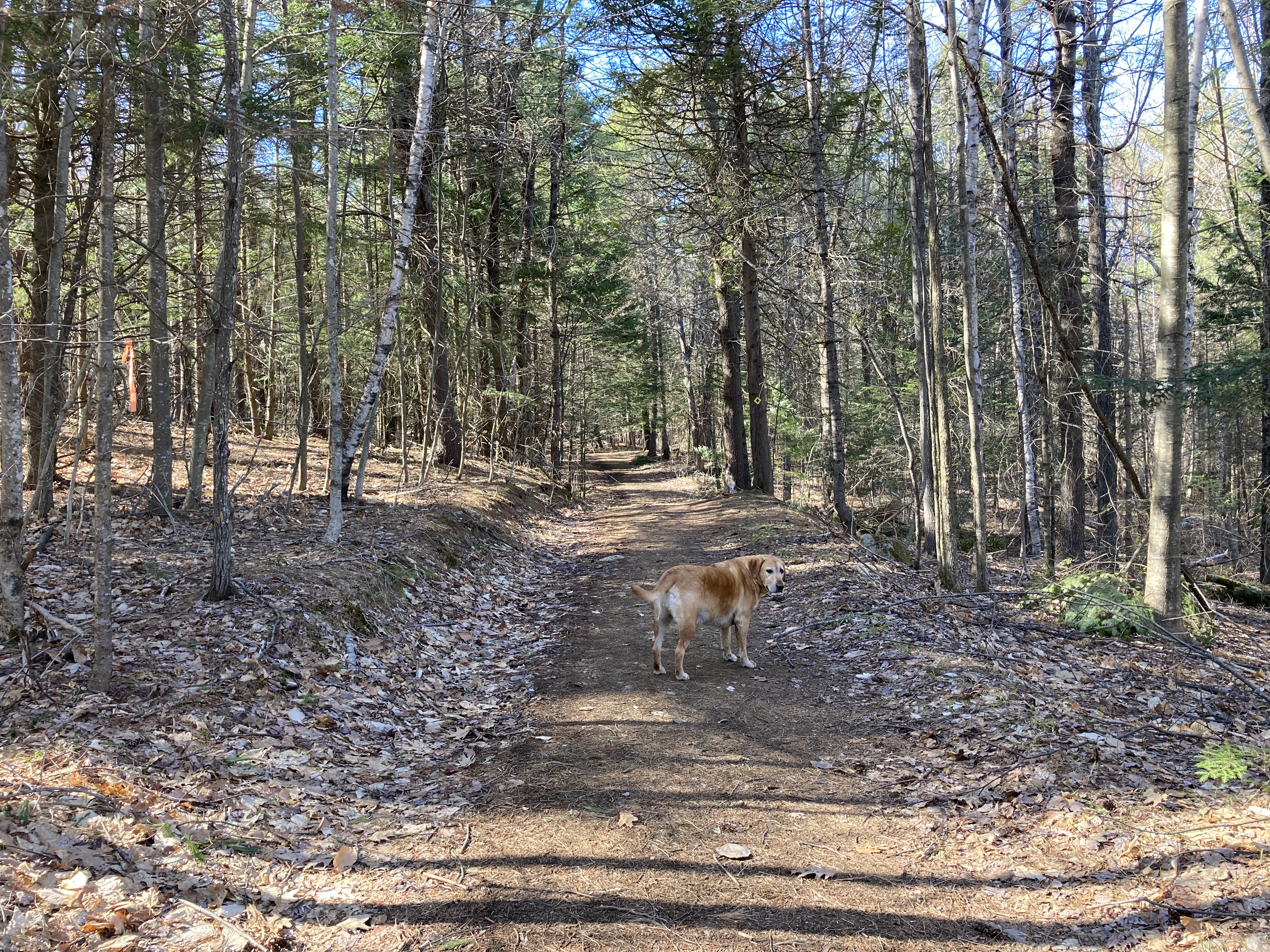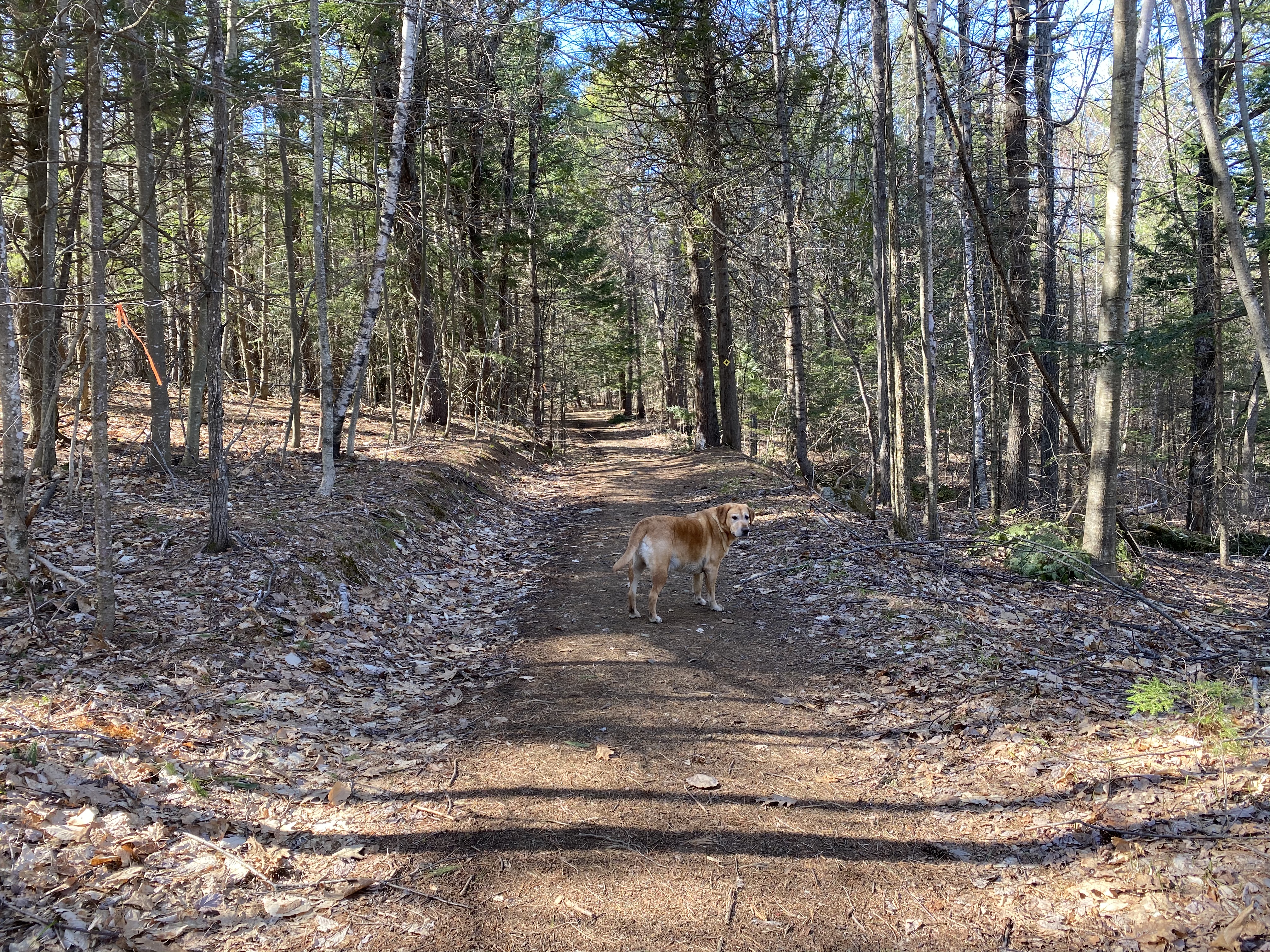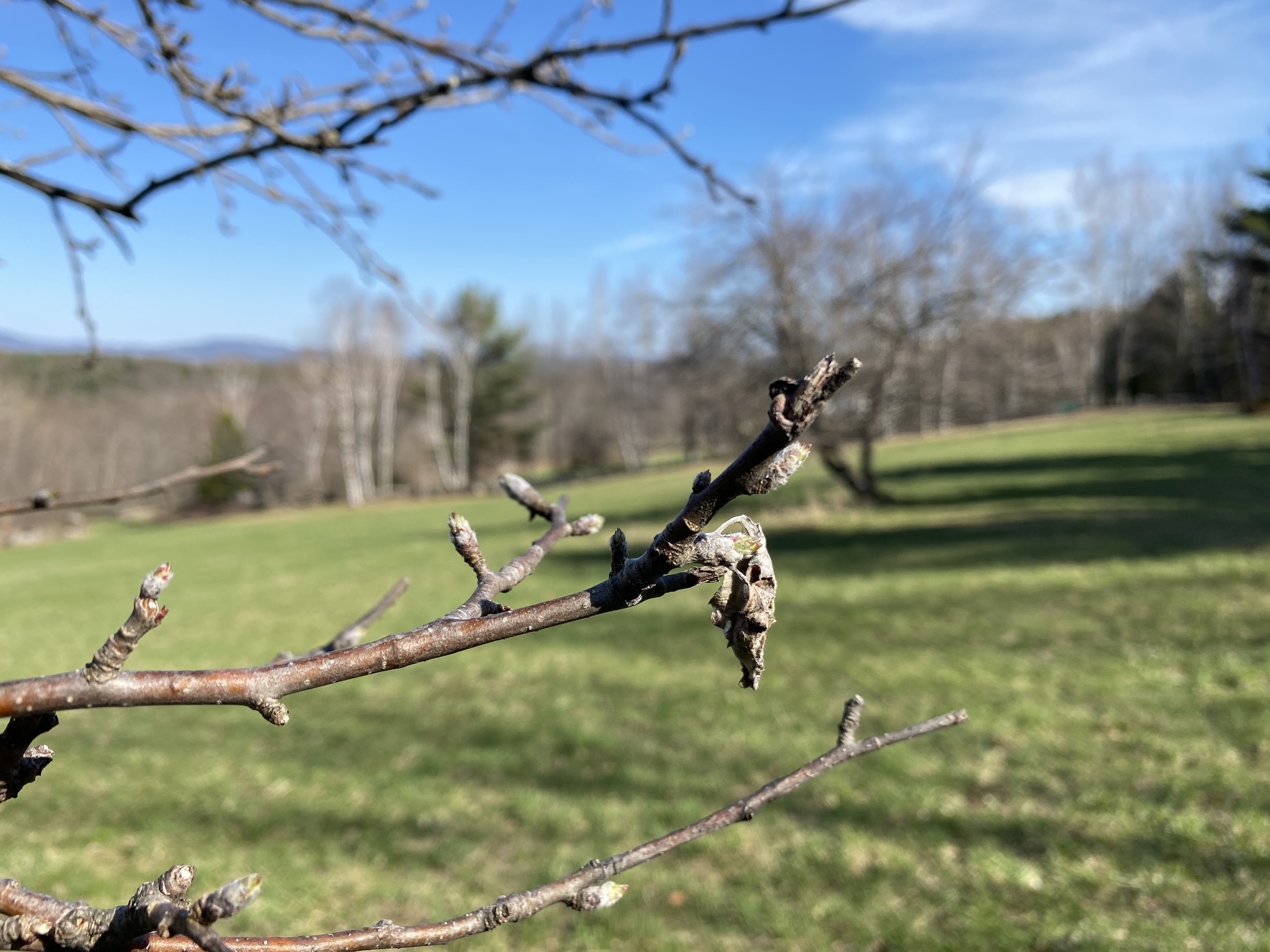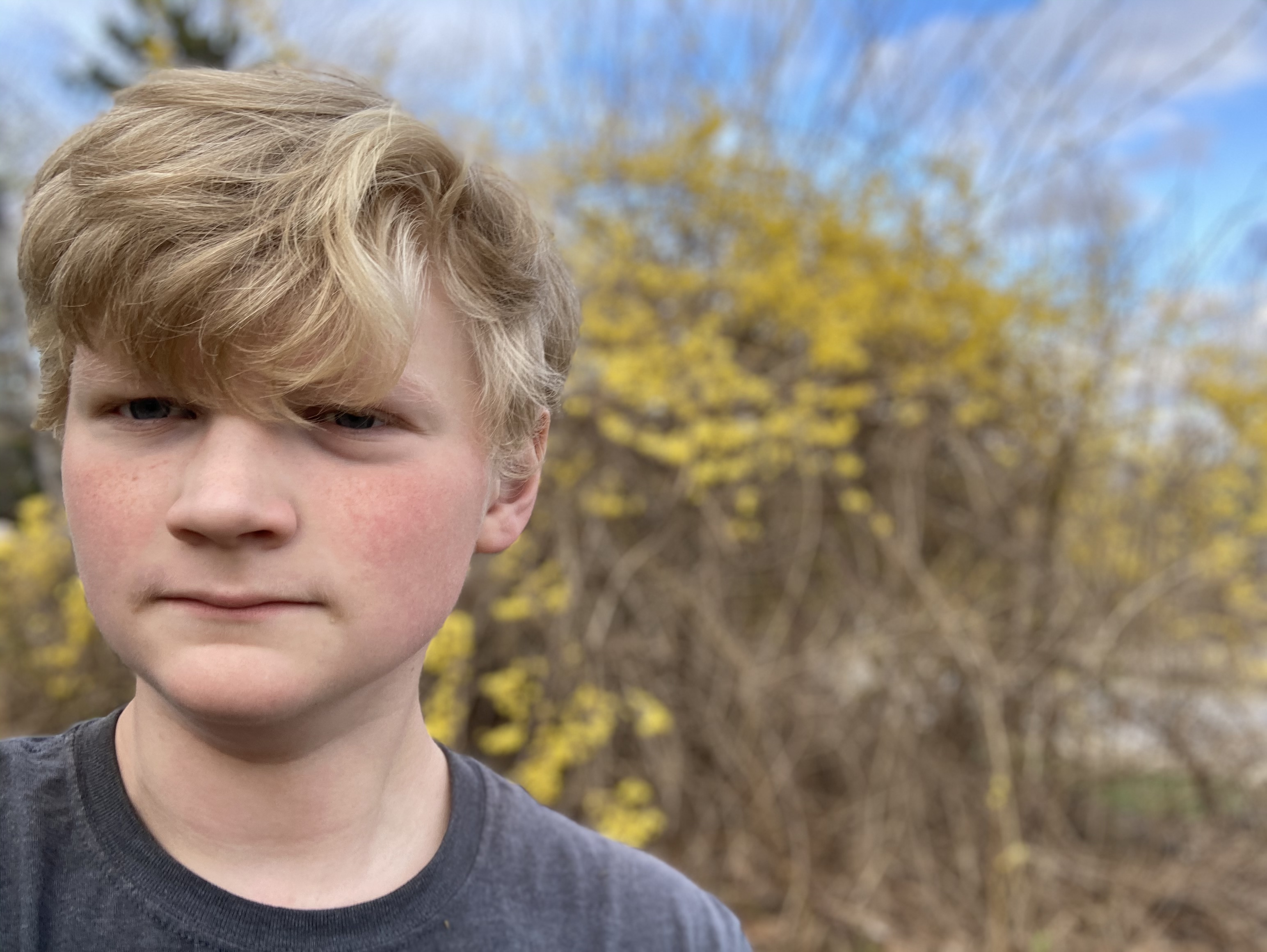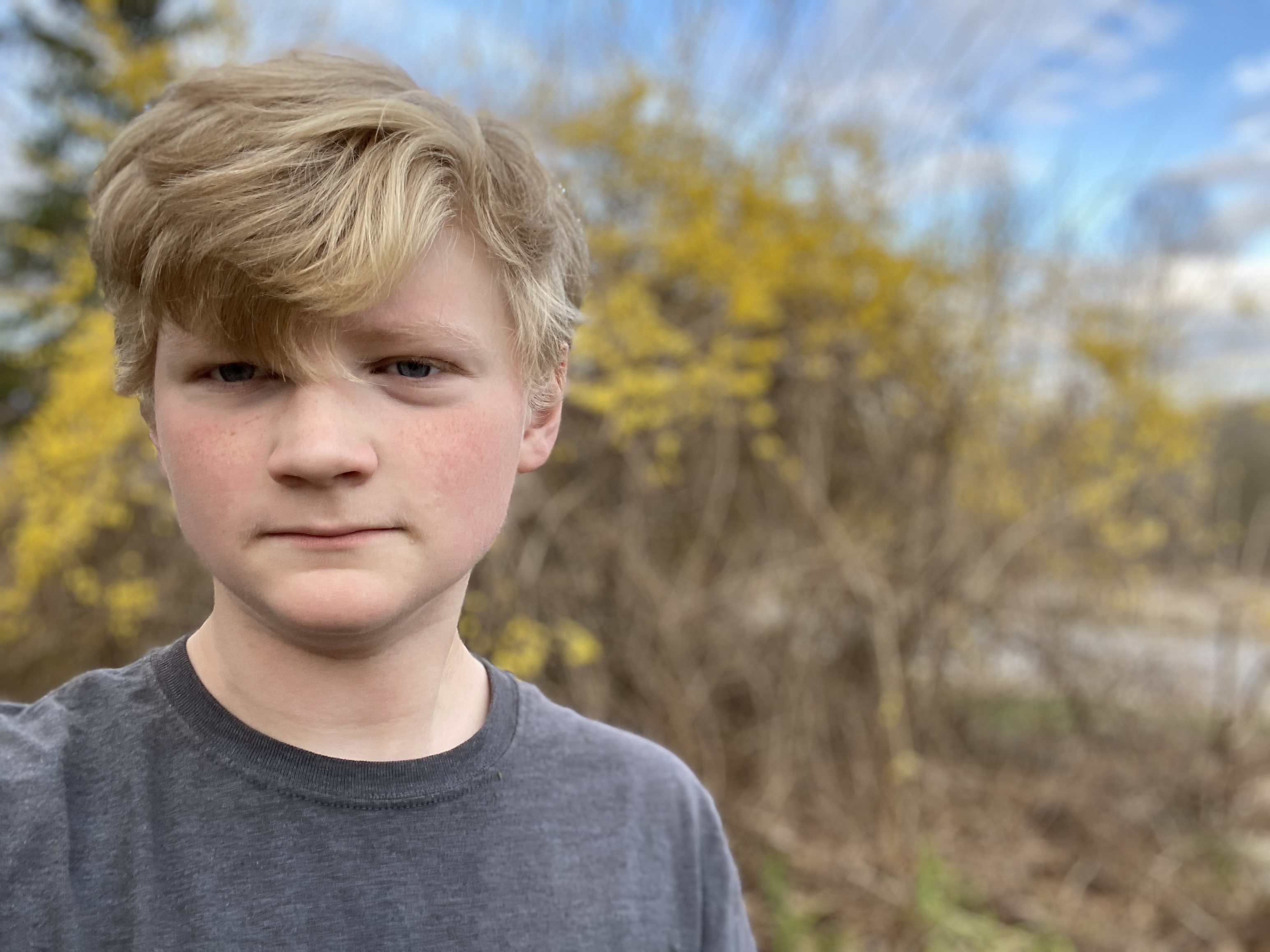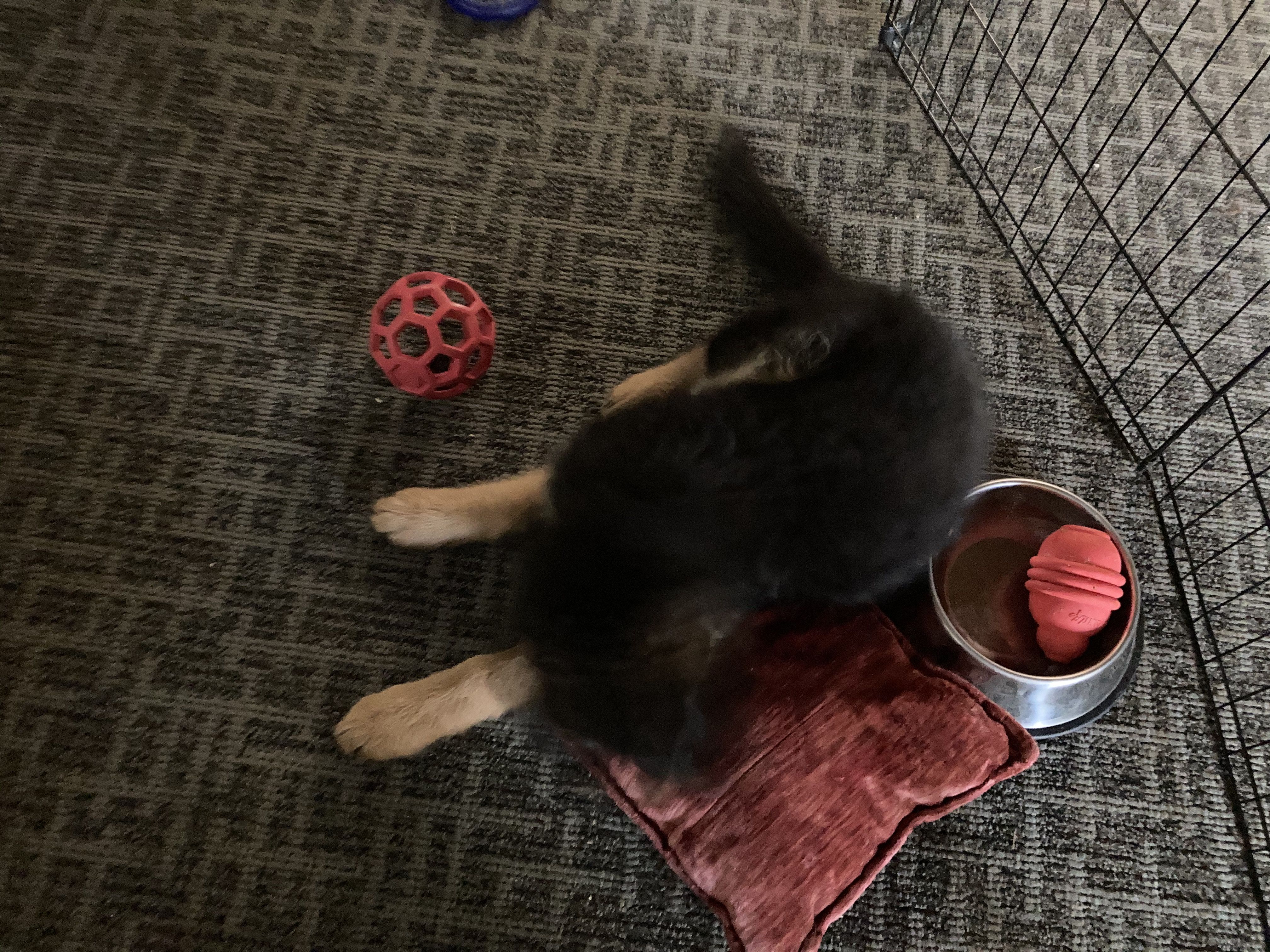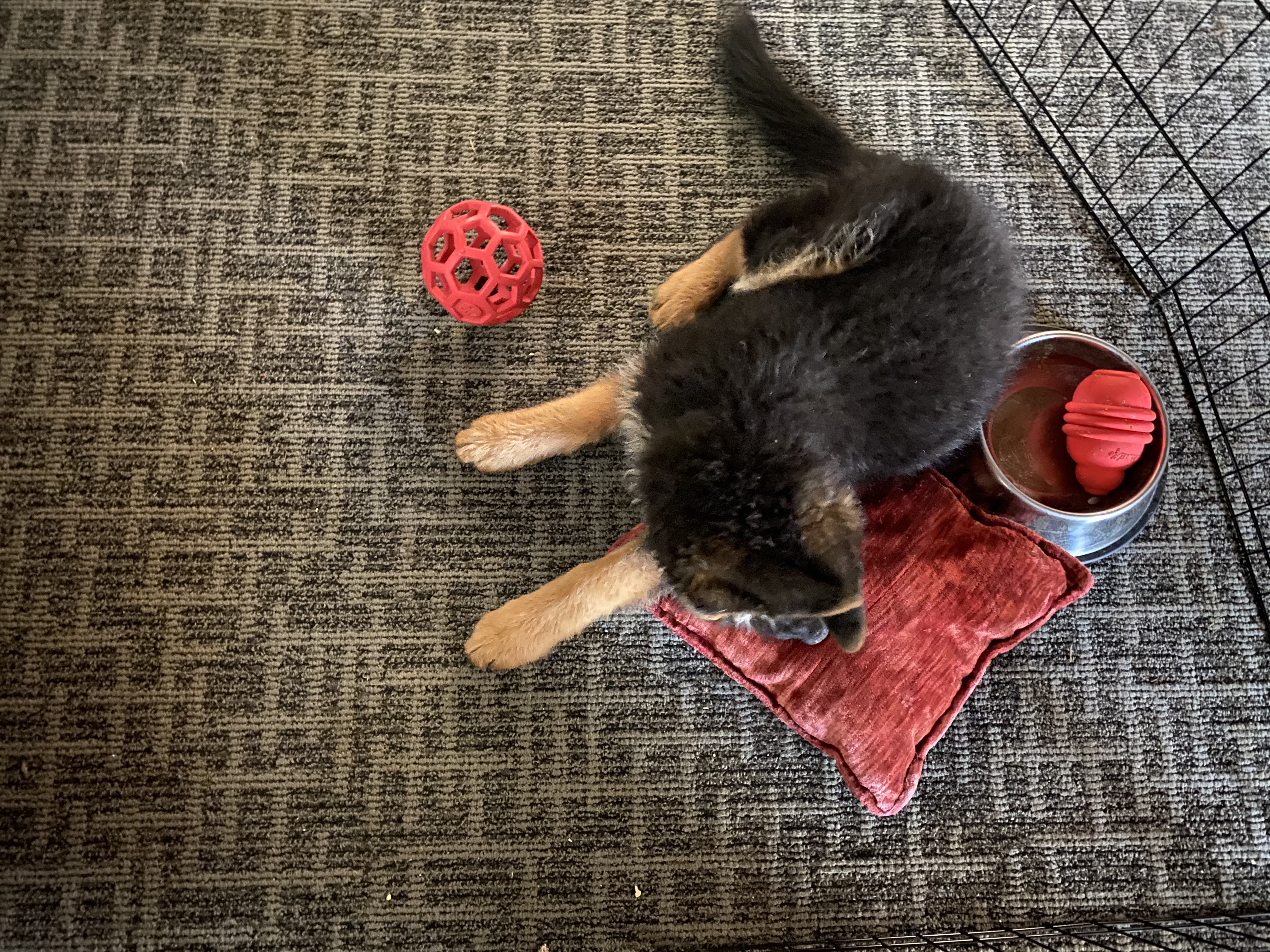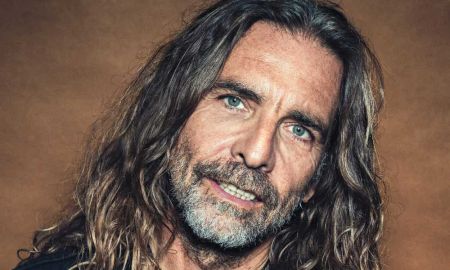iPhone 11 Pro vs. iPhone SE 2nd Generation Camera Comparison Test
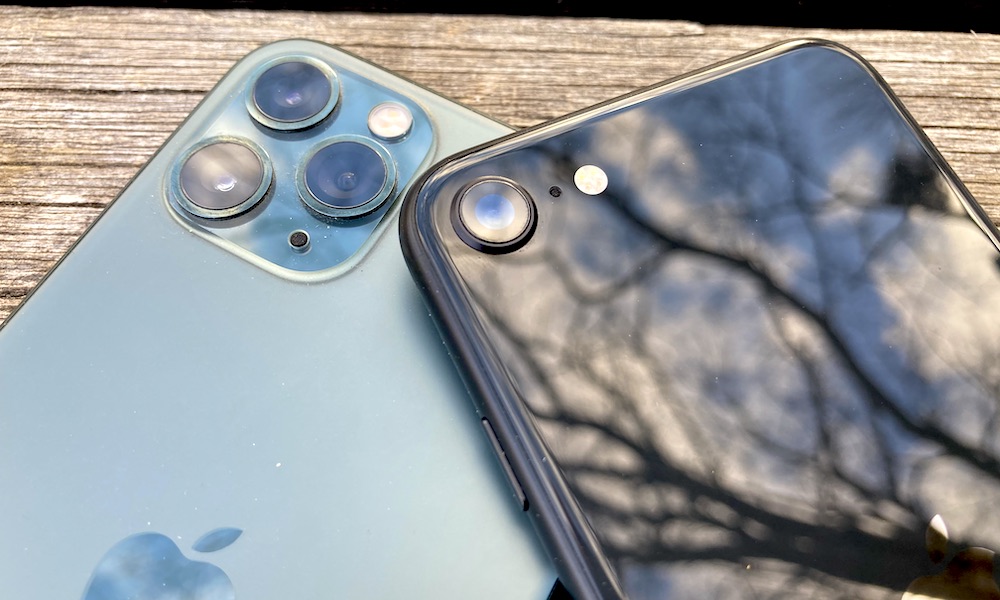 Credit: Kelly Hodgkins / iDrop News
Credit: Kelly Hodgkins / iDrop NewsToggle Dark Mode
The iPhone SE 2nd generation is an incredible value for a smartphone. With prices starting at $399 and sometimes even less, you can snag an iPhone with Apple’s latest and greatest A13 Bionic processor under the hood.
But before you take the plunge, you might be wondering just how good the camera is on the new iPhone SE for 2020.
We put two phones – the iPhone SE 2nd generation and the iPhone 11 Pro – to the test to find out.
Camera Specs
One primary reason people switch to the iPhone is the camera, and this is one area that the iPhone SE 2nd generation lags, at least on paper.
Unlike the iPhone 11 Pro, which ships with a 12MP three-camera lens system — an Ultra Wide (ƒ/2.4 aperture), a Wide (ƒ/1.8 aperture) and a telephoto (ƒ/2.0 aperture), the iPhone SE 2nd generation includes just one 12MP wide (ƒ/1.8 aperture) camera, and it’s an older one at that.
This single lens is helped along by the A13 processor, which aids in the image processing and brings advanced features like Portrait Mode and Smart HDR to both phones.
Standard Photos
Under standard lighting conditions — ample light and minimal shadows, the iPhone SE 2nd generation can hold its own against the iPhone 11 Pro.
It’s hard to tell the difference between the two phones when shooting under these ideal conditions.
When you start to introduce shadows, both phones utilize Smart HDR to prevent blown pixels and over-saturated darks.
In most cases, both the iPhone SE 2nd generation and the iPhone 11 Pro handle shadows and brightly-lit areas very well.
The iPhone SE 2nd generation tends to have more blown highlights and a little less shadowy areas than the iPhone 11 Pro, but this difference is subtle. It’s most apparent to those who have a discerning eye and are comparing photos between the two phones side-by-side.
If you are looking at a picture from the iPhone SE without comparing, you’d most likely be very pleased with the quality from the iPhone SE 2nd generation.
Close-up Photos
The iPhone 11 Pro has the leg up as it has a telephoto lens that lets you zoom into a subject more closely than you can with the iPhone SE 2nd generation.
With the iPhone SE 2nd generation, you’ll start to get noise when you zoom into a photo so much that you creep into a macro-style shot. For close-up photos that don’t stray into the macro zone, the two phones produce very similar shots.
Portrait Photos
The iPhone SE 2nd generation and iPhone 11 Pro rank closely when it comes to portraits. Both capture a person’s face with a soft bokeh effect, and both also support different lighting modes so you can change how the photo appears.
Note that Portrait Mode on the iPhone SE 2nd generation only works with people and won’t work with animals or objects. This is a significant detractor, especially for someone who enjoys photographing their pets.
These portrait photos will lose the stunning bokeh effect when you are trying to focus on something other than a human’s face.
Selfies
Selfies also are very comparable between the two phones, but the iPhone 11 Pro has a slight edge. The iPhone SE 2nd generation has an overall softer appearance, while the 11 Pro comes in with more details.
You can see lines on the face and wisps of hair with the iPhone 11 Pro that are not as defined on the iPhone SE.
The iPhone 11 Pro also does Slofies while the iPhone SE 2nd generation does not.
Night Mode
Nighttime photography is a significant feature that separates the two phones. The iPhone SE 2nd generation isn’t capable of Night Mode photography like the iPhone 11 Pro. It’s a glaring omission and may be a deal-breaker for some people.
Night Mode on the iPhone 11 Pro makes it incredibly easy to take a photo when it’s dark. You’ll need to stay still for a few seconds while the phone does its work, but you’ll be rewarded with a stunning picture.
The iPhone SE is the polar opposite. The phone struggles to take photos at night or in dark conditions. You can choose to use a flash, but you run the risk of overexposing the subject. Without the flash, the image is dark and grainy.
Video
Video is comparable between the two phones. The iPhone 11 Pro edges slightly ahead of the SE 2nd generation because of better quality sound recording. This isn’t apparent when you are talking while recording with the phone. It becomes more apparent when you are trying to record sound from a distance — for example, a bird call coming from the woods.
Bottom Line
If you are a person who enjoys using their iPhone camera to capture life as it happens, you will be highly satisfied with the camera on the iPhone SE 2nd generation.
Under most conditions, the SE takes great-looking photos and videos for sharing with friends, family, and social media. But, the lack of Night Mode is the biggest detractor to the iPhone SE 2nd generation. When it’s dark, you’ll have to use the flash, which is adequate, but not great. It’s a trade-off but worth it for the $399 starting price tag.
Photographers who want a flexible camera to capture photos under a variety of conditions would be better off with the iPhone 11 Pro. You can shoot in settings from the bright sun to the dark of night with minimal loss in quality. You also can easily switch between ultra-wide, wide, and telephoto lenses, allowing you to take one gorgeous scene and capture in three different ways. It’s a smartphone camera for photographers, but it comes at a cost – $999 and up.

